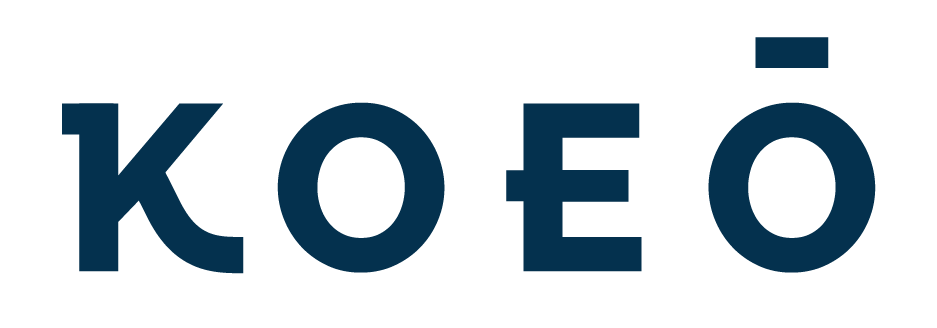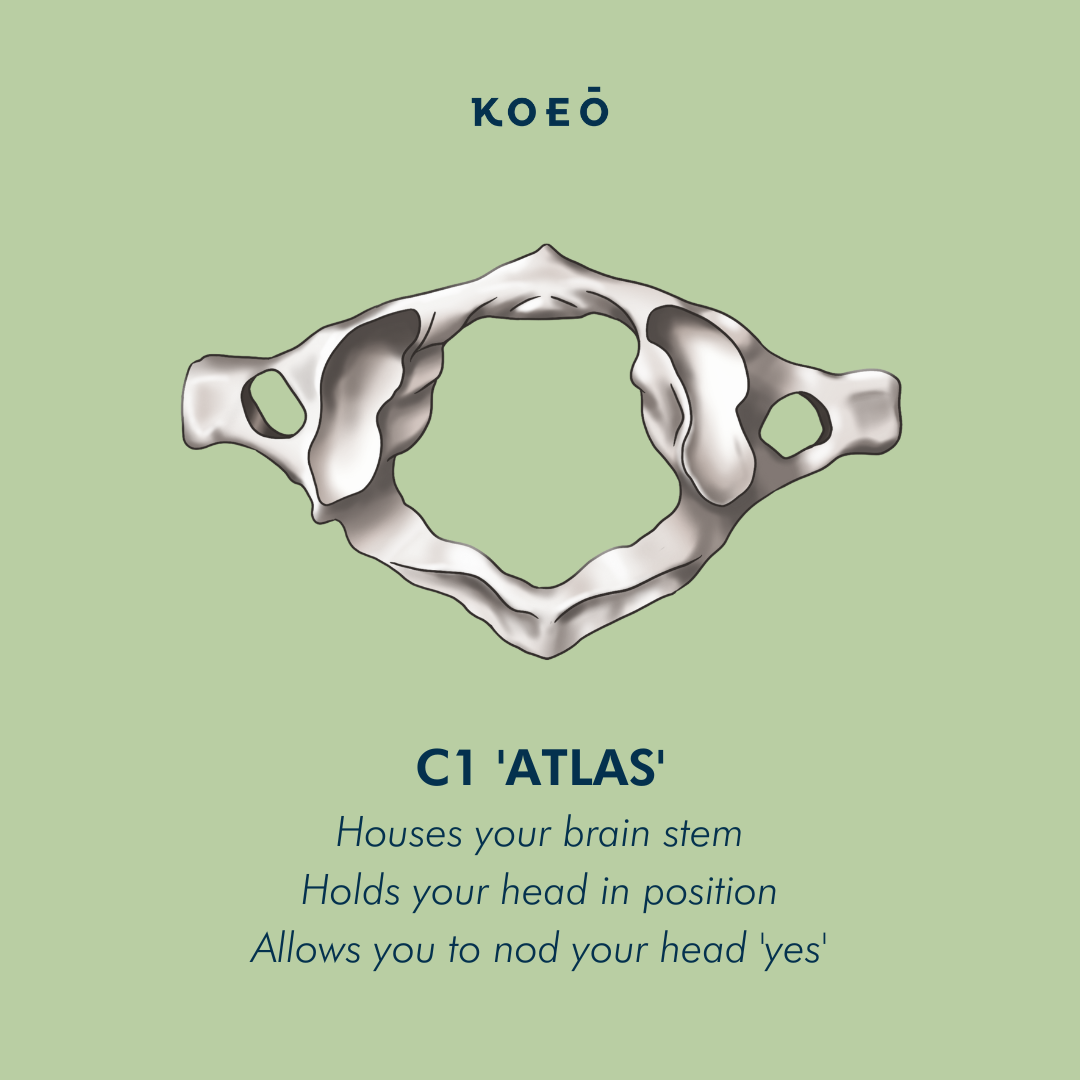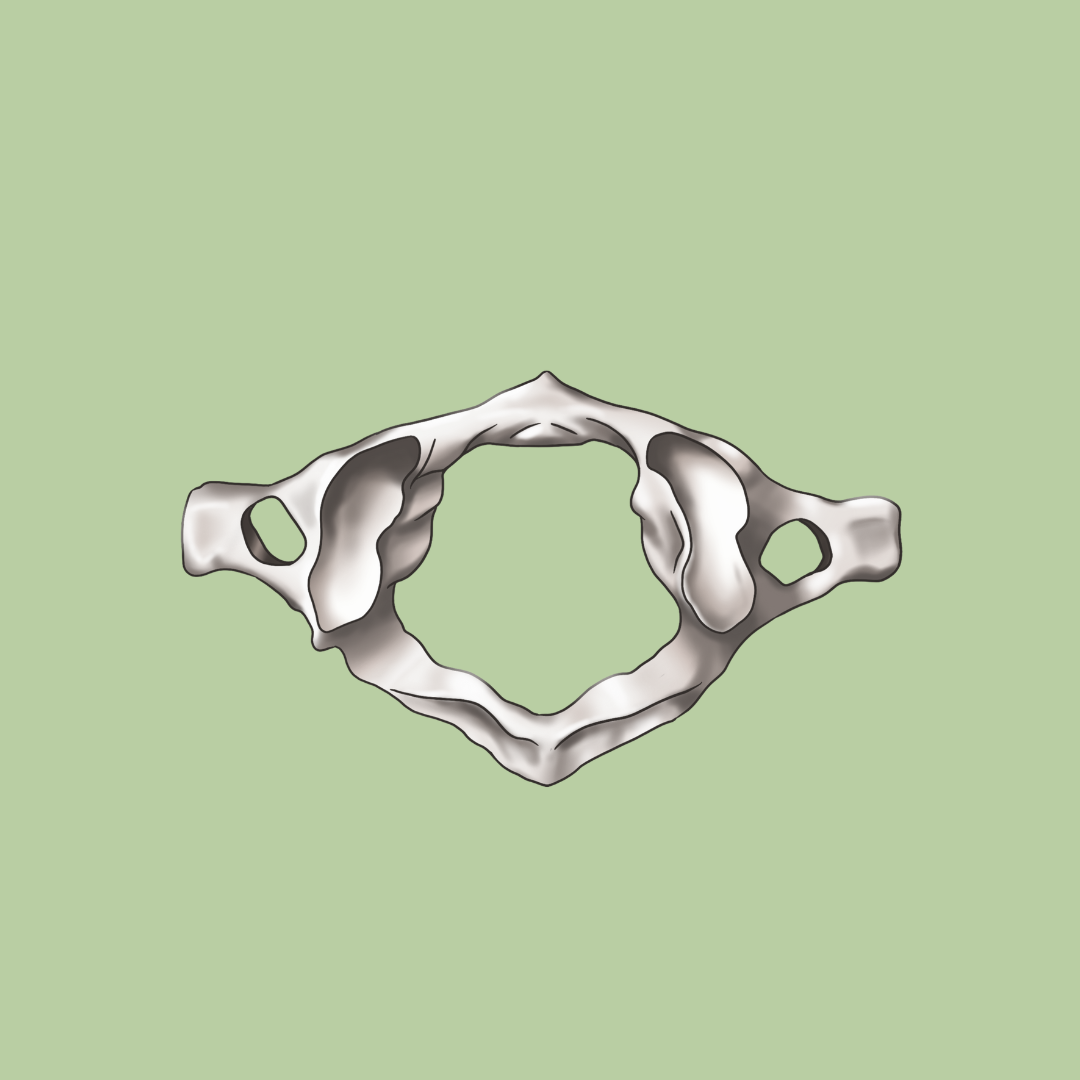UPPER CERVICAL SPINE PART 1: Atlas and Axis - Your Nervous System Gateway
In this first part of our series to help you learn about your Upper Cervical region we are going to look at the two bones that are the stars of the show when it comes to your Upper Cervical spine; Atlas and Axis.
Here is a summary of what we’re going to cover:
Part 1:
> The difference between the regular spinal bones and the upper cervical bones
> Why Atlas is so important
> What special movements you have thanks to Atlas and Axis
> Why Upper Cervical Chiropractic focuses on Atlas and Axis
Part 2:
> Brainstem - the fusebox of your body
Part 3:
> A real life case study - Superman and the importance of your UC spine
Atlas and Axis, the top two bones in your neck are special in many ways which is why they also have their own names. All the other spinal bones (vertebrae) are simply known by a letter and number which corresponds to their position in the cervical (neck), thoracic (mid) or lumbar (low) spine e.g. C3 is the third bone in your neck, L5 is the fifth and final bone in your low spine.
You have 24 bones in your spine (7 cervical, 12 thoracic and 5 lumbar), plus your sacrum and coccyx which most people think of as their tailbone.
Of all your 24 spinal vertebrae, 22 have a very similar structure, but just vary in how big they are, depending on where in your spine they are (your low back bones are biggest, whilst your neck bones are the smallest).
The remaining 2 bones, Atlas and Axis, in the top of your spine have completely unique shapes and functions.
Atlas (C1) was named after the Greek God who supported the heavens. It’s name denotes supporting a great burden; and your Atlas vertebrae certainly does that.
> It supports your head which weighs on average a whopping 5kg (11lbs for our American friends)!
> It’s the gateway between your skull and spine, protecting and providing a passageway for your central nervous system to travel and connect between your brain and body.
> It allows for flexing and extending your head which gives you the ‘yes’ nodding movement
Axis is named as such because its shape specifically allows your head to pivot.
Atlas and Axis together give you the majority of your head movements: looking up and down, bending side-to-side and turning your head to look around.
The position and range of movement of Atlas and Axis are crucial for the normal function of your neck, skull, the rest of your spine and also the connection between your brain and body through your central nervous system.
This is why at KOEO we focus primarily on the Atlas and Axis area, also known as the upper cervical area in our Upper Cervical chiropractic care.





